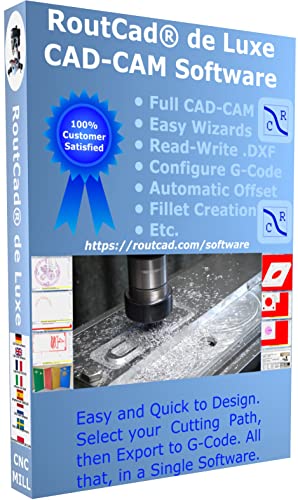Ah, I knew someone would have some great suggestions. The prob with the crank is the actual offset part, (the crank) not the bearing parts. I'm thimpfking of making a holder with an offset. The distance between centers of the cranks is 1" so half an inch might not be out of the question. Maybe. An alternative would be to do it on the CNC mill with a cutter that could reach in past the parts that are sticking out in the way. I don't like the idea, but I will look into it more. OOoohhh, to have a four jaw on a conventional lathe!
As for the brass parts that are easily crushed under the pressure of the CNC jaws, for small parts, Jason's suggestion is precisely what I was thimpfking. HOwever, the two end bearings, being somewhat like a flat umbrella shape, the umbrella being .188" is very soft. That part is not a part that needs a precision fit so if it is crushed a bit, a simple file can fix the prob. Maybe not LOOK nice but still fine to work correctly. These two bearings are too large, a bit over 2" to find a collet chuck that would fit. Hey! How about an aluminum ring, split so it can fit around the thing and still be able to close? Ha! Thimpfk I will try that. Thanx guys--you've been a great help.
Here is a dwg. of the two bearings. I have pointed out the thin circular wall that is, indeed, a precision fit into the ends of the crankcase. So, you can imagine that this wall will NOT be crushed by the jaws. Also, the center hole for the crank shaft has that long stick-out for both pieces. Well, the jaws DID crush the outside but not badly. When I use the collet chuck to finish it up, it should work snappy fine.
K2, You told us about your experience with the Sirius's brother. But you don't have photos? 20 years ago? Any more anecdotess?






![DreamPlan Home Design and Landscaping Software Free for Windows [PC Download]](https://m.media-amazon.com/images/I/51kvZH2dVLL._SL500_.jpg)


















![MeshMagic 3D Free 3D Modeling Software [Download]](https://m.media-amazon.com/images/I/B1U+p8ewjGS._SL500_.png)





































